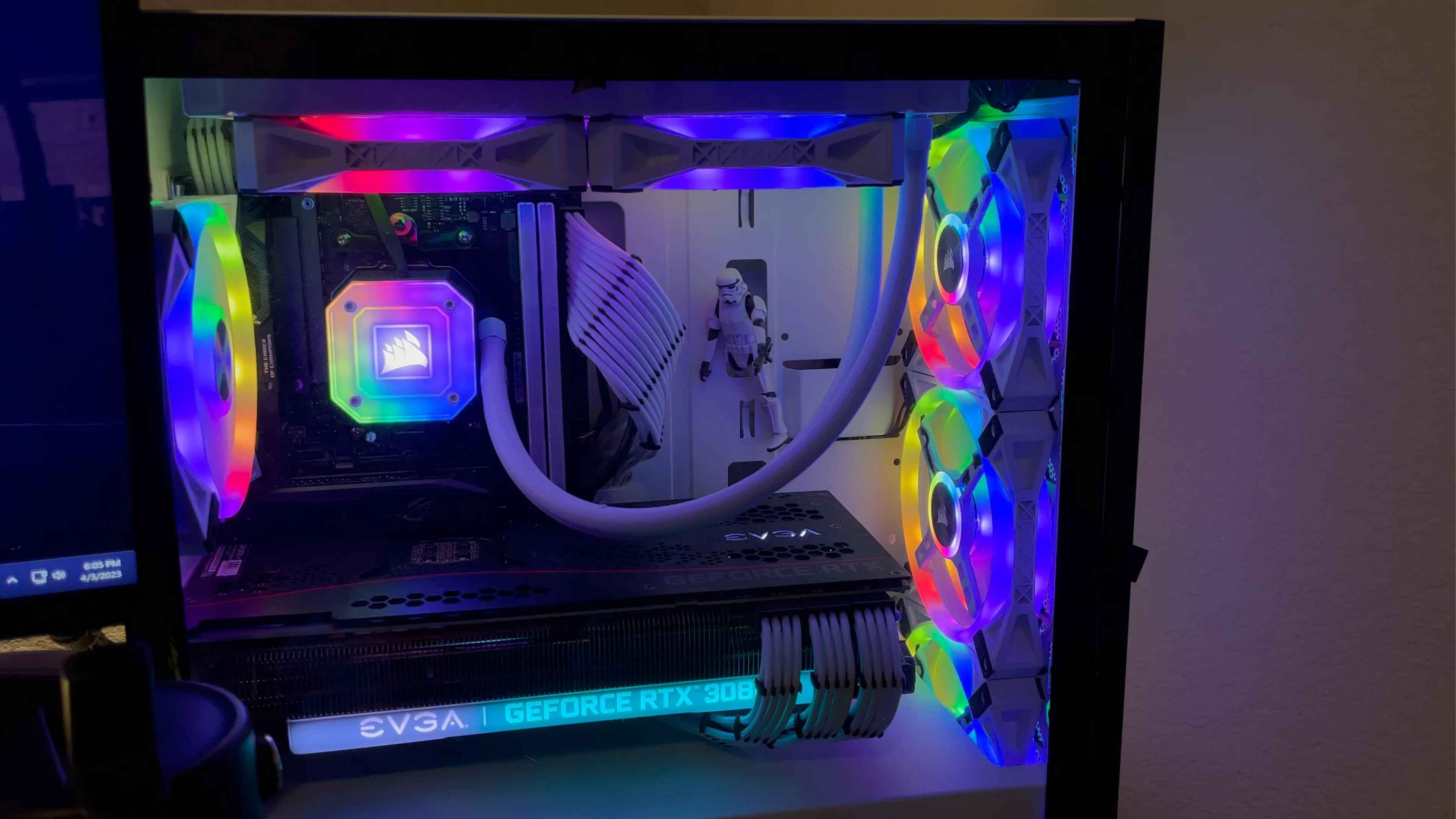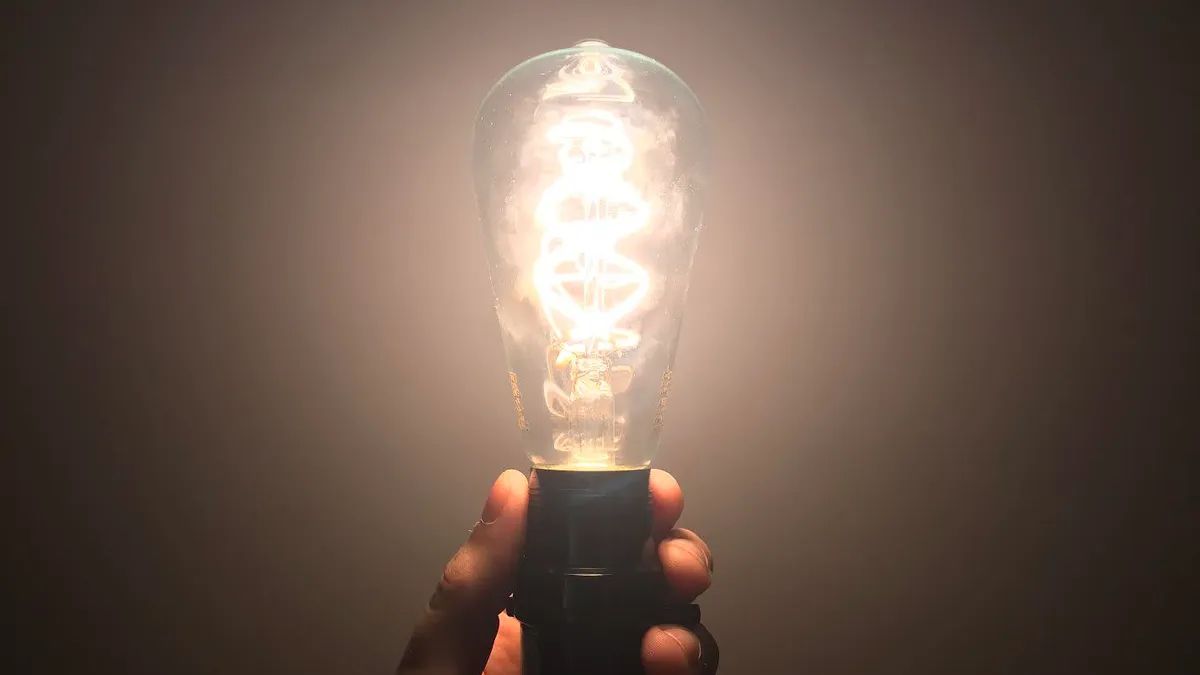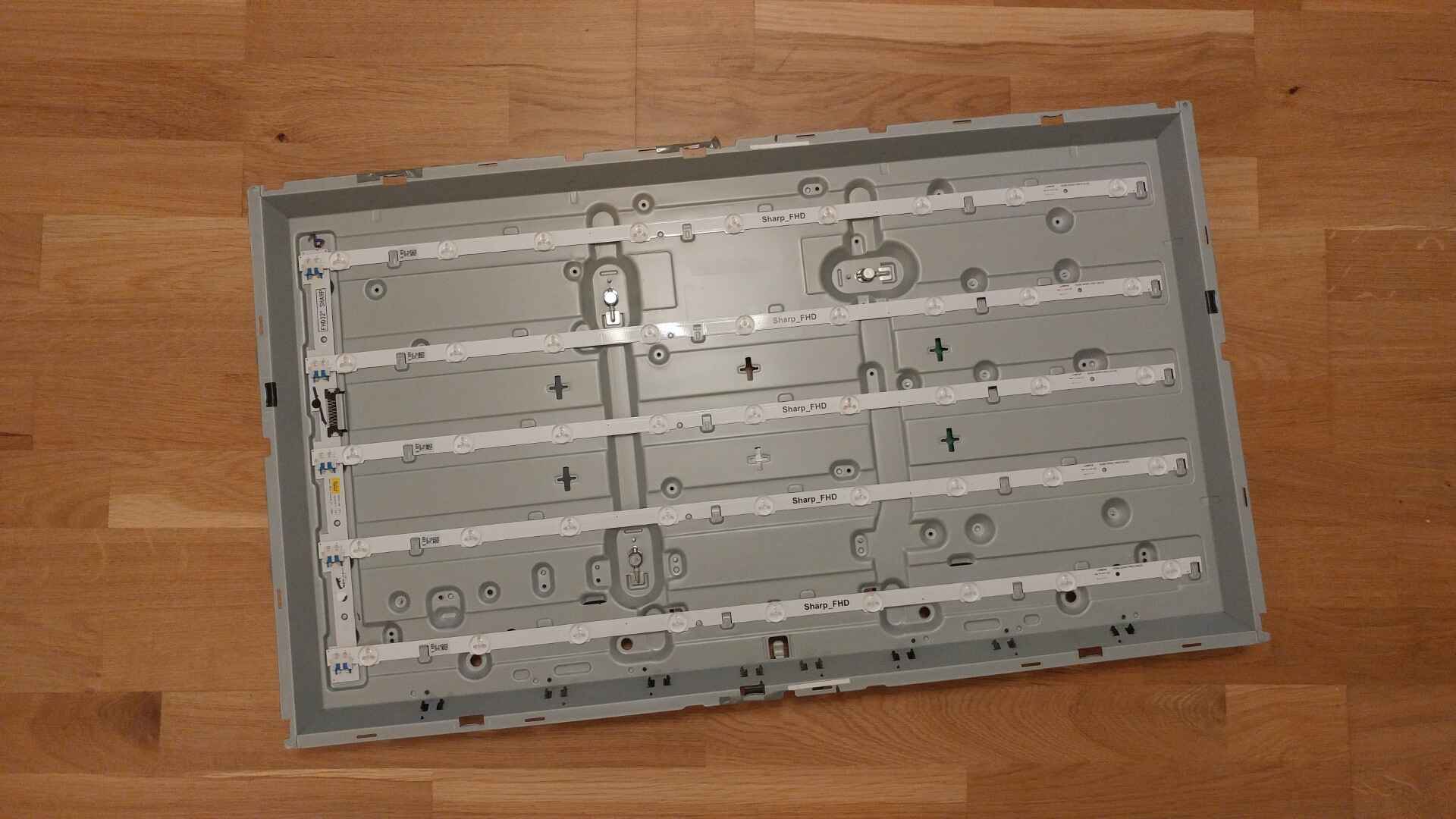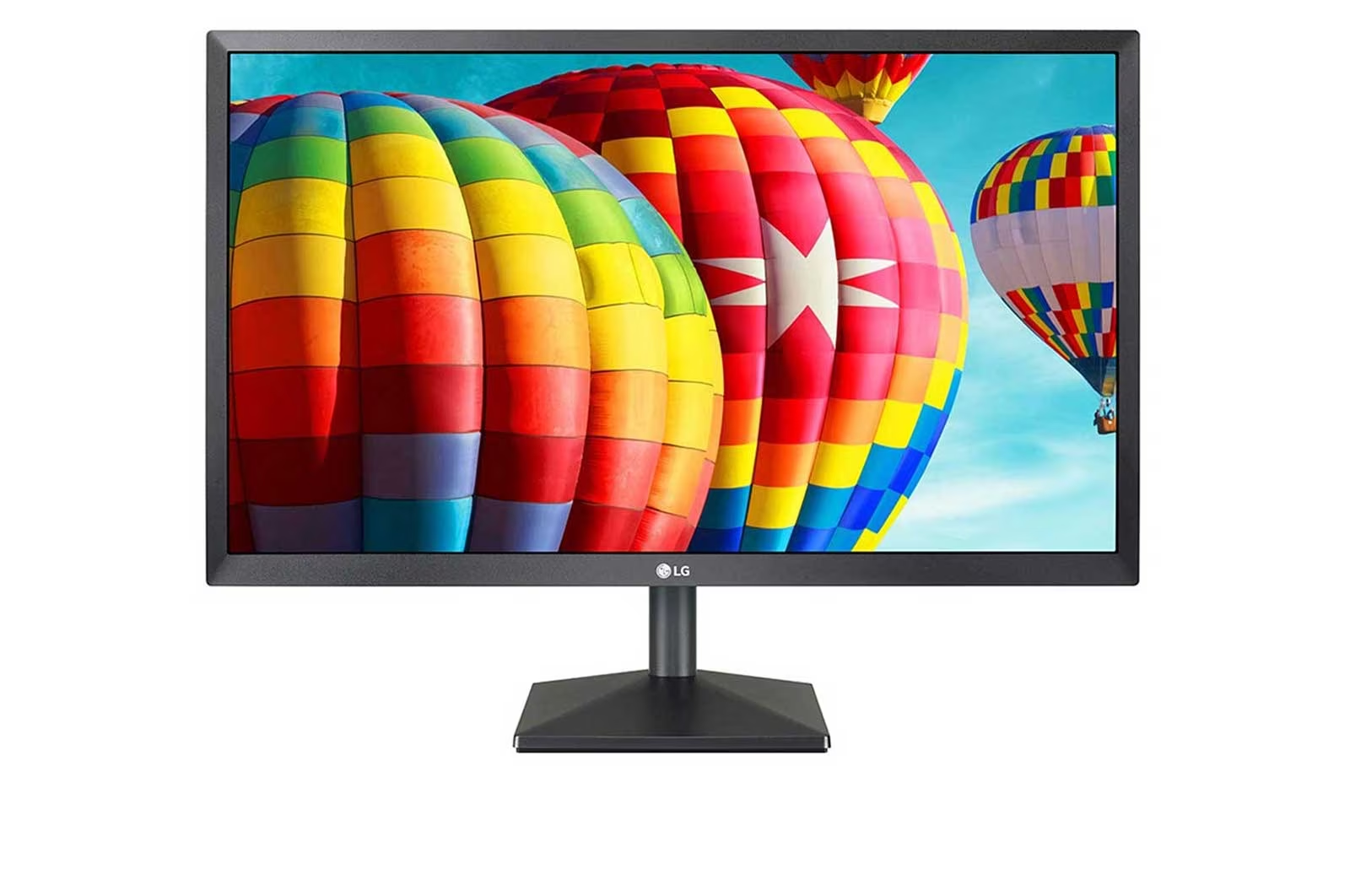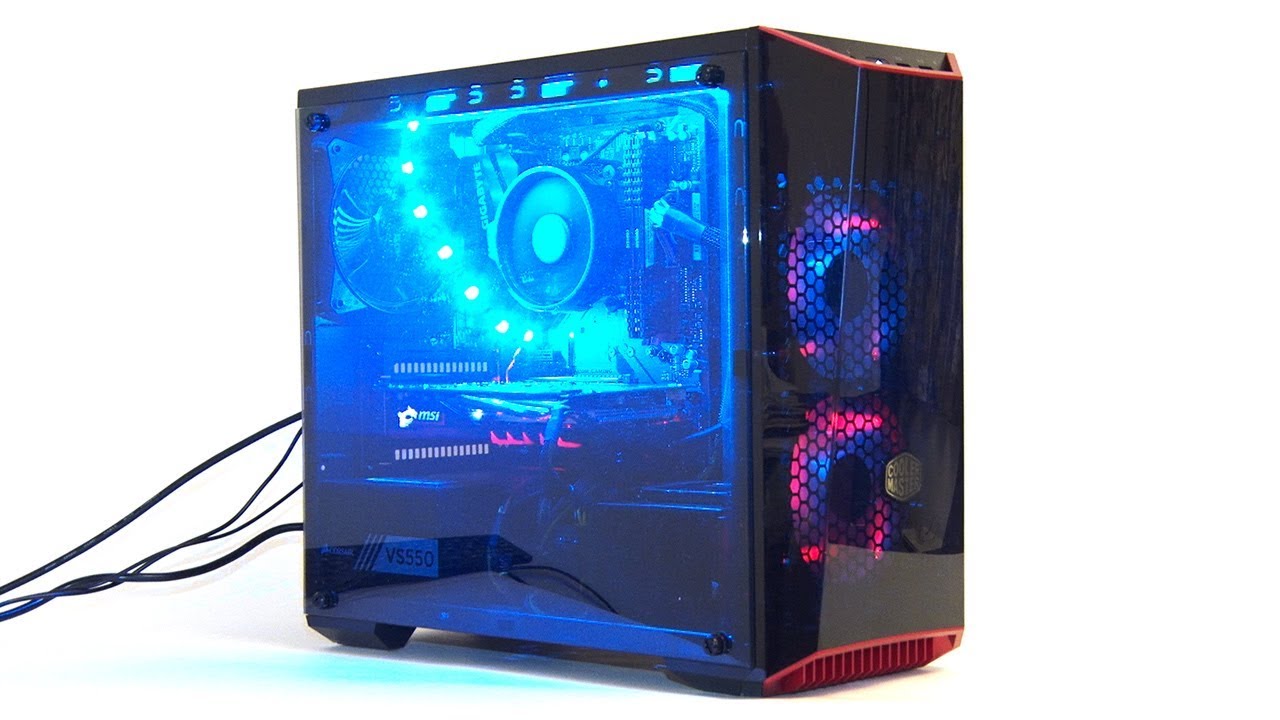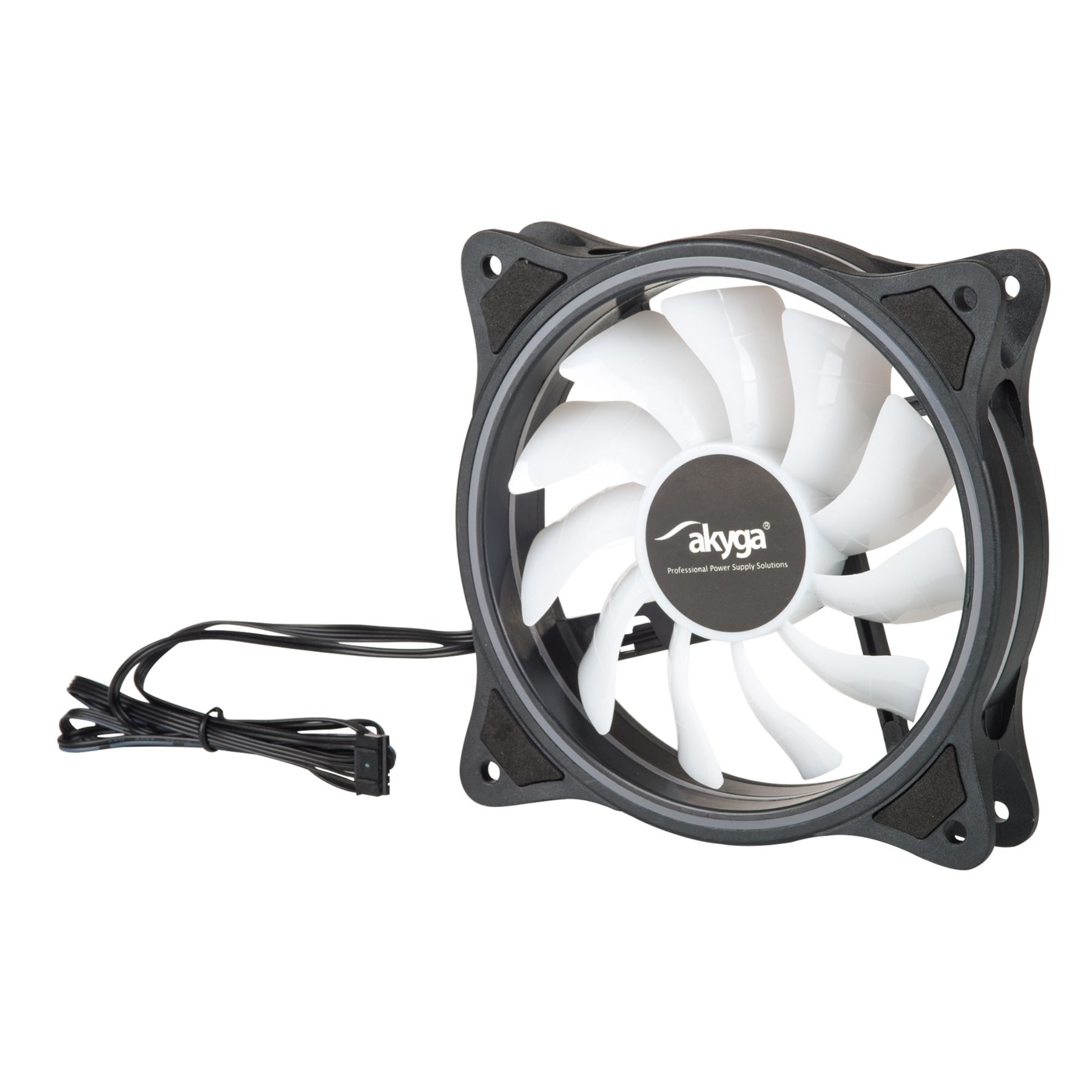Introduction
Welcome to the world of custom PC builds, where LED lights add an extra touch of flair to the overall aesthetic. These vibrant lights not only illuminate the inside of your PC case but also provide a mesmerizing visual experience. However, it can be quite frustrating when these LED lights start flickering, disrupting the enchanting ambiance you’ve worked so hard to create.
Flickering LED lights in your PC case can be caused by various factors, including power issues, software conflicts, faulty components, or even incorrect settings. Fortunately, there are troubleshooting steps you can take to identify and resolve the underlying issues that are causing the flickering.
In this guide, we will walk you through the common causes of flickering LED lights in PC cases and provide practical solutions to fix the problem. Whether you’re a seasoned PC builder or new to the world of custom rigs, this article will help you get your LED lights shining brightly again.
It’s important to note that not all flickering LED lights have the same cause, so it may take some trial and error to identify the exact issue in your specific case. However, by following the troubleshooting steps outlined in this guide, you’ll be equipped with the knowledge to diagnose and resolve the problem.
So, if you’re ready to banish those flickering LED lights and restore the stunning lighting display in your PC case, let’s delve into the common causes and solutions for flickering LEDs.
Common Causes of Flickering LED Lights in PC Cases
Flickering LED lights in your PC case can be frustrating, but it’s essential to understand the underlying causes to effectively troubleshoot and resolve the issue. Here are some common factors that can lead to flickering LED lights:
1. Power Supply Issues: Insufficient power supply or fluctuations in voltage can cause LED lights to flicker. If your PC case is connected to a power outlet with unstable voltage or if the power supply unit is unable to provide enough power to the LEDs, flickering can occur.
2. Software Conflicts: LED lighting systems often come with dedicated drivers and control software. If there are conflicts or compatibility issues between the LED driver software and the operating system, it can result in flickering lights. Outdated or incompatible LED driver software versions can contribute to this problem.
3. Faulty Components: LED lights consist of various components, including the LED strips, wiring, connectors, and controllers. Any malfunction or deterioration in these components can lead to flickering. Loose connections, damaged wiring, or faulty controllers can cause the LEDs to flicker.
4. Incorrect Settings: LED lighting systems usually provide various settings and customization options. If the LEDs are configured incorrectly or if the settings are not compatible with the hardware, flickering can occur. It’s important to ensure that the LED controller settings are correctly adjusted for your specific PC case.
5. Power Load on LED Circuit: Overloading the LED circuit can cause flickering. If there are too many LED strips or if the power draw of the LEDs exceeds the capacity of the LED circuit, flickering may occur as the system attempts to compensate for the excessive power demand.
By understanding these common causes, you can begin troubleshooting your flickering LED lights effectively. In the next section, we will explore step-by-step methods to identify the specific cause of the flickering in your PC case.
Troubleshooting Steps: Identifying the Problem
When faced with flickering LED lights in your PC case, it’s essential to follow a systematic approach to identify the root cause of the issue. This will help you determine the appropriate solution to fix the problem. Here are some troubleshooting steps you can take:
1. Observe the Pattern: Pay attention to when and how the LED lights are flickering. Do they flicker at specific times or intervals? Are they consistently flickering or intermittently? Understanding the pattern can provide valuable clues about the underlying cause.
2. Inspect the Power Connection: Check the power connections of the LED lights, including the cables and connectors. Ensure they are secure and properly plugged in. Loose or faulty connections can lead to flickering. Consider using cable ties or clips to neatly organize the wiring and prevent any interference.
3. Update LED Driver Software: Visit the manufacturer’s website or the software’s official page to check for any available updates for the LED driver software. Outdated software versions can cause conflicts and result in flickering lights. Update your software to the latest version and see if that resolves the issue.
4. Inspect the LED Strip and Components: Examine the LED strip and its components for any visible damage or signs of wear. Check the connectors and ensure they are securely attached. If you notice any damage or suspect a faulty component, consider replacing it with a new one to see if the flickering stops.
5. Adjust LED Controller Settings: Access the LED controller settings and review the configuration. Make sure the settings are appropriate for your specific LED lights and hardware. Experiment with different settings, such as brightness levels or lighting effects, to see if adjusting them resolves the flickering issue.
6. Reduce Power Load: If the flickering occurs when the LED lights are under heavy load, consider reducing the power load on the LED circuit. This can be done by removing some LED strips or redistributing the power draw among different circuits. Ensure that the power supply can handle the total power demand of the LED lights.
7. Seek Professional Help: If you’ve followed all the troubleshooting steps and are still experiencing flickering LED lights, it may be time to seek the assistance of a professional technician or contact the manufacturer’s support team. They can provide further guidance or offer warranty support if necessary.
By following these troubleshooting steps, you can narrow down the potential causes of the flickering LED lights in your PC case and determine the most appropriate solution. In the following sections, we will explore various solutions to fix the flickering issue based on the identified cause.
Solution 1: Check the Power Connection
A loose or faulty power connection is a common culprit behind flickering LED lights in PC cases. Therefore, it’s crucial to ensure that the power connection is secure and properly connected. Here’s how you can check and fix the power connection:
1. Turn off the PC: Before inspecting the power connection, make sure to shut down your PC and disconnect it from the power outlet. This will prevent any potential electrical accidents during the process.
2. Inspect the power cables: Examine the power cables that connect the LED lights to the power source. Check for any signs of damage, such as frayed or exposed wires. If you notice any issues, it’s advisable to replace the cables with new ones.
3. Secure the connections: Ensure that the power cables are securely connected to both the LED strip and the power source. Sometimes, power cables can become loose over time due to vibrations or movement. Firmly push the connector into the socket to ensure a tight and secure connection.
4. Consider using cable ties: To prevent any interference or accidental disconnections, consider using cable ties or holders to organize and secure the power cables. This will help keep the cables in place and reduce the chance of them coming loose, resulting in flickering LED lights.
5. Check the power outlet: If the power connection seems secure at the LED strip and power source, verify that the power outlet is providing a stable and sufficient power supply. Try connecting your PC and LED lights to a different power outlet to rule out any issues with the initial outlet.
6. Inspect the power supply unit (PSU): If you’ve exhausted all other possibilities, there may be an issue with the power supply unit. Check the PSU for any signs of damage, such as burnt components or a strong odor. If you suspect a faulty PSU, it’s recommended to consult a professional technician for further assistance.
By thoroughly checking and ensuring a secure power connection, you can eliminate one of the common causes of flickering LED lights in your PC case. If the flickering persists, proceed to the next solution for further troubleshooting.
Solution 2: Update or Reinstall LED Driver Software
Outdated or incompatible LED driver software can cause conflicts and lead to flickering LED lights in your PC case. Updating or reinstalling the LED driver software can often resolve this issue. Here’s how you can update or reinstall the LED driver software:
1. Identify the LED driver software: Determine the specific LED driver software that controls your LED lights. This information can usually be found in the documentation or on the manufacturer’s website. It’s important to have the correct software version for your particular LED lighting system.
2. Check for software updates: Visit the manufacturer’s website or the software’s official page to check for any available updates. Look for a “Downloads” or “Support” section where you can find the latest software version. Download and install the update if a newer version is available.
3. Uninstall the existing software: If updating doesn’t resolve the issue, consider uninstalling the current LED driver software from your system. You can do this by going to the “Control Panel” (on Windows) or “Applications” folder (on macOS) and selecting the LED driver software. Follow the prompts to uninstall it completely.
4. Reinstall the LED driver software: After uninstalling, download the latest version of the LED driver software from the manufacturer’s official website. Follow the installation instructions provided with the software to reinstall it on your system.
5. Configure the software settings: Once the LED driver software is successfully installed, open it and configure the settings according to your preferences. Make sure that the settings are compatible with your LED lights and hardware. Experiment with different settings, if necessary, to resolve the flickering issue.
6. Restart your PC: After updating or reinstalling the LED driver software and configuring the settings, restart your PC to apply the changes. This ensures a fresh start and helps to ensure that the software and settings are properly loaded.
If the flickering LED lights persist after updating or reinstalling the LED driver software, move on to the next solution for further troubleshooting.
Solution 3: Replace Faulty LED Strip or Component
Flickering LED lights in your PC case could be due to a faulty LED strip or component. Over time, LED strips, connectors, or controllers can deteriorate or become damaged, resulting in flickering. Here’s how you can replace a faulty LED strip or component:
1. Identify the problematic LED strip or component: Observe the LED lights closely to identify the specific strip or component that is flickering. Look for any visible signs of damage, such as burnt-out LEDs, loose connections, or discolored wiring.
2. Disconnect the power and remove the faulty strip or component: Before replacing, ensure that the PC is turned off and disconnected from the power outlet. Then, remove the faulty LED strip or component from the PC case by disconnecting it from the power source and any controllers.
3. Purchase a compatible replacement: Search for a replacement LED strip or component that matches the specifications and requirements of your PC case’s lighting system. Make sure it is compatible in terms of voltage, connection type, and size.
4. Install the new LED strip or component: Follow the manufacturer’s instructions to install the replacement LED strip or component. Ensure that the connections are secure and properly aligned. Double-check that the new strip or component is properly connected to the power supply and any applicable controllers.
5. Test the new LED strip or component: Turn on your PC and observe the newly installed LED strip or component. Check if the flickering issue has been resolved. If there is no flickering, you have successfully replaced the faulty component. If the problem persists, continue troubleshooting with the remaining solutions.
6. Consider professional assistance: If you’re unsure about replacing the LED strip or component yourself, it is recommended to seek the help of a professional technician or contact the manufacturer’s support for further guidance.
By replacing the faulty LED strip or component, you can eliminate a potential source of flickering in your PC case. If the issue continues after replacement, proceed to explore the next solution in the troubleshooting process.
Solution 4: Adjust the LED Controller Settings
Incorrect LED controller settings can cause flickering LED lights in your PC case. LED lighting systems often come with controllers that offer various customization options. Adjusting these settings can help resolve the flickering issue. Here’s how you can adjust the LED controller settings:
1. Access the LED controller: Locate the LED controller for your PC case’s lighting system. It is usually connected to the LED strips or integrated into the PC case itself. Consult the user manual or manufacturer’s website for guidance if you’re unsure about the location of the LED controller.
2. Review the current settings: Take note of the current LED controller settings. Pay attention to the brightness level, color options, lighting effects, and any other available configuration parameters.
3. Experiment with different settings: Begin by adjusting the brightness level. Sometimes, setting the brightness too high can overload the LED circuit and cause flickering. Gradually reduce the brightness and observe if the flickering improves or stops. Additionally, try different color options or lighting effects to see if it affects the flickering behavior.
4. Disable any conflicting features or modes: Some LED controllers offer special features or modes that might conflict with the proper functioning of the LED lights. Disable any unnecessary features or modes that could be causing the flickering issue. This can include features like strobe lighting, rapid color transitions, or high-speed effects.
5. Restore default settings: If you have made several adjustments and the flickering persists, you can try restoring the LED controller settings to their default values. Check the user manual or manufacturer’s website for instructions on how to reset the LED controller to its original settings.
6. Test different configurations: As you adjust the LED controller settings, keep testing different configurations to see if the flickering improves. It may require some trial and error to find the optimal settings that eliminate the flickering issue.
7. Restart your PC: After making adjustments to the LED controller settings, restart your PC to ensure the changes take effect. This will give your system a fresh start and allow the LED controller to correctly load the modified settings.
If adjusting the LED controller settings doesn’t resolve the flickering LED lights, proceed to the next solution for further troubleshooting.
Solution 5: Reduce Power Load on the LED Circuit
Flickering LED lights in your PC case could be a result of overloading the LED circuit with excessive power demand. To resolve this issue, you will need to reduce the power load on the LED circuit. Here’s how you can do it:
1. Assess the power requirements of your LED lights: Determine the power requirements of your LED lights, including the LED strips and any additional components. Refer to the manufacturer’s specifications or documentation for this information.
2. Calculate the total power draw: Add up the power ratings of all the LED strips and components connected to the circuit. Ensure that the total power draw falls within the recommended capacity of the LED circuit. Exceeding the circuit’s capacity can lead to flickering.
3. Remove unnecessary LED strips: If the power draw exceeds the capacity of the LED circuit, consider removing some LED strips. Determine which ones are not essential for your desired lighting effect and remove them from the circuit. This will reduce the overall power load on the LED circuit.
4. Redistribute the power requirements: If removing LED strips is not an option, try redistributing the power load among different circuits. If your PC case has multiple LED circuits or connectors, connect the LED strips and components to different circuits, avoiding overloading a single circuit.
5. Consider using a separate power source: If the power draw of the LED lights is still too high, consider using a separate power source for the LED circuit. This can be achieved by using an external power supply or a dedicated LED lighting controller that has its own power source.
6. Check the power supply unit (PSU): Ensure that the power supply unit is capable of providing sufficient power to the LED lights. If your PSU is underpowered or malfunctioning, it could contribute to flickering LED lights. Consider upgrading your PSU to a higher wattage if necessary.
7. Test the LED lights: After reducing the power load on the LED circuit, turn on your PC and observe the LED lights. Check if the flickering issue has been resolved. If the flickering persists, proceed to the next solution for further troubleshooting.
By reducing the power load on the LED circuit, you can eliminate excessive power demand as a potential cause of flickering LED lights in your PC case. If the issue continues after taking these steps, move on to the next solution in the troubleshooting process.
Solution 6: Seek Professional Help or Warranty Support
If you have followed the previous solutions and are still experiencing flickering LED lights in your PC case, it may be time to seek professional help or warranty support. Here are some steps you can take:
1. Contact the manufacturer: Reach out to the manufacturer of your PC case or LED lighting system. Explain the issue you are facing and provide them with any relevant information about your setup. They may be able to offer guidance on troubleshooting or provide specific instructions tailored to your system.
2. Consult a professional technician: Consider contacting a qualified computer technician who specializes in PC builds or LED lighting systems. They have the expertise to diagnose and resolve complex issues that may be causing the flickering. A professional technician can provide an accurate assessment and suggest specific solutions for your particular setup.
3. Utilize warranty support: If your PC case or LED lighting system is still under warranty, check the terms and conditions to see if the flickering issue is covered. If it is, contact the manufacturer’s warranty support team for assistance and instructions on how to proceed. They may offer free repairs or provide a replacement product if necessary.
4. Consider professional installation: If you are still unable to resolve the flickering LED lights on your own, you may want to consider professional installation. A professional installer can ensure that all the components and connections are properly set up, minimizing the chances of flickering issues.
Remember, seeking professional help or warranty support is a viable option when you have exhausted all other troubleshooting steps. They have the knowledge and resources to assist you in resolving the flickering LED lights and ensuring a properly functioning lighting system.
By reaching out to professionals or utilizing warranty support, you can obtain the necessary assistance to troubleshoot and resolve the flickering LED lights in your PC case. If the issue persists even after seeking professional help, it’s important to consider other potential causes or consult with further technical expertise.
Conclusion
Flickering LED lights in your PC case can be frustrating, but with the right troubleshooting steps, you can identify and resolve the underlying issues. In this guide, we have explored various common causes and provided practical solutions to fix the problem.
Throughout the troubleshooting process, we emphasized the importance of checking the power connection, updating or reinstalling LED driver software, replacing faulty LED strips or components, adjusting the LED controller settings, reducing power load on the LED circuit, and seeking professional help or warranty support if necessary.
Remember, not all flickering LED lights have the same cause, so it may take a combination of these solutions or further diagnosis to pinpoint and resolve the issue in your specific case.
By following the troubleshooting steps outlined in this guide, you can eliminate loose power connections, outdated software, faulty components, incorrect settings, excessive power load, or other common causes of flickering. This will help you restore the mesmerizing and visually appealing lighting display in your PC case.
If you are unsure or uncomfortable performing any of the troubleshooting steps, it’s always best to seek professional assistance from a computer technician or contact the manufacturer’s support team. They can provide further guidance and ensure a proper resolution to the flickering LED lights.
Remember, a properly functioning LED lighting system enhances the overall aesthetic and enjoyment of your custom PC build. With patience and persistence, you can overcome the flickering issue and create a stunning visual experience inside your PC case.







